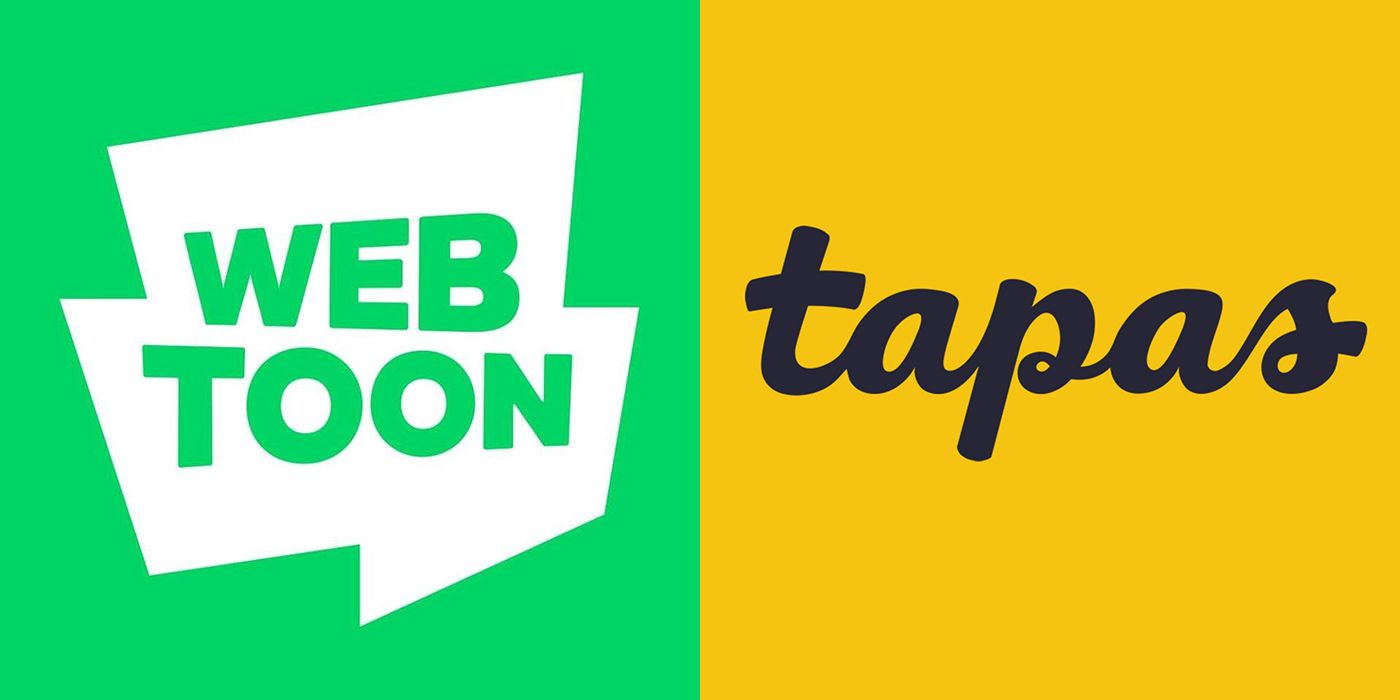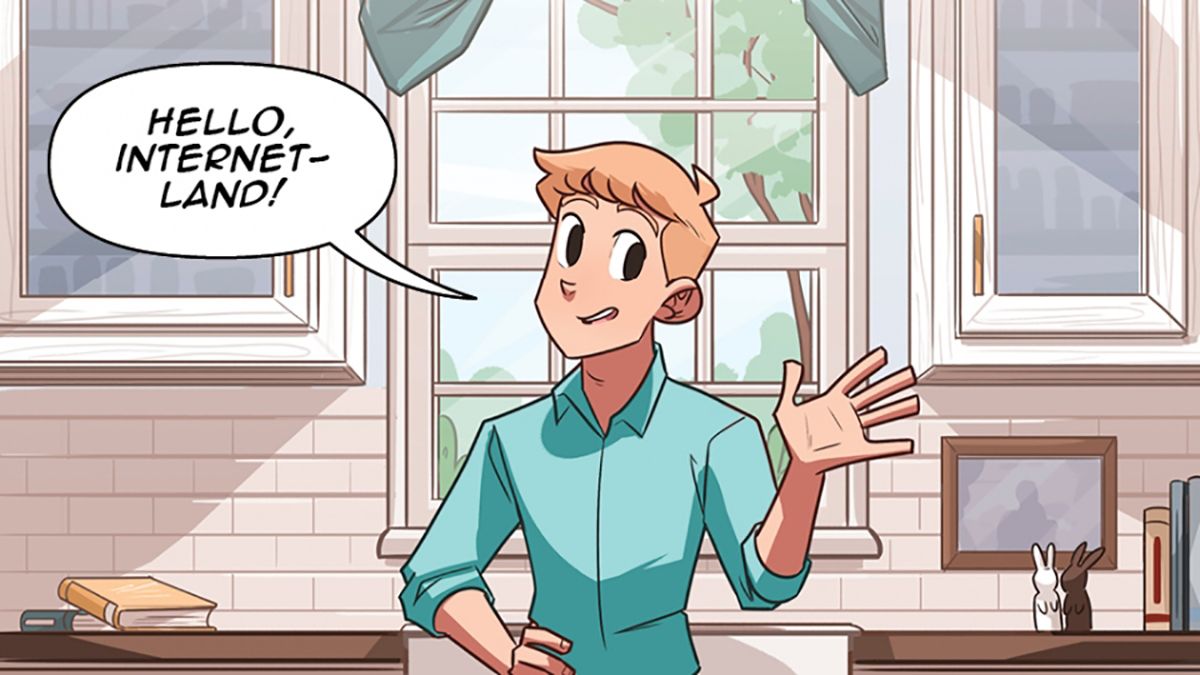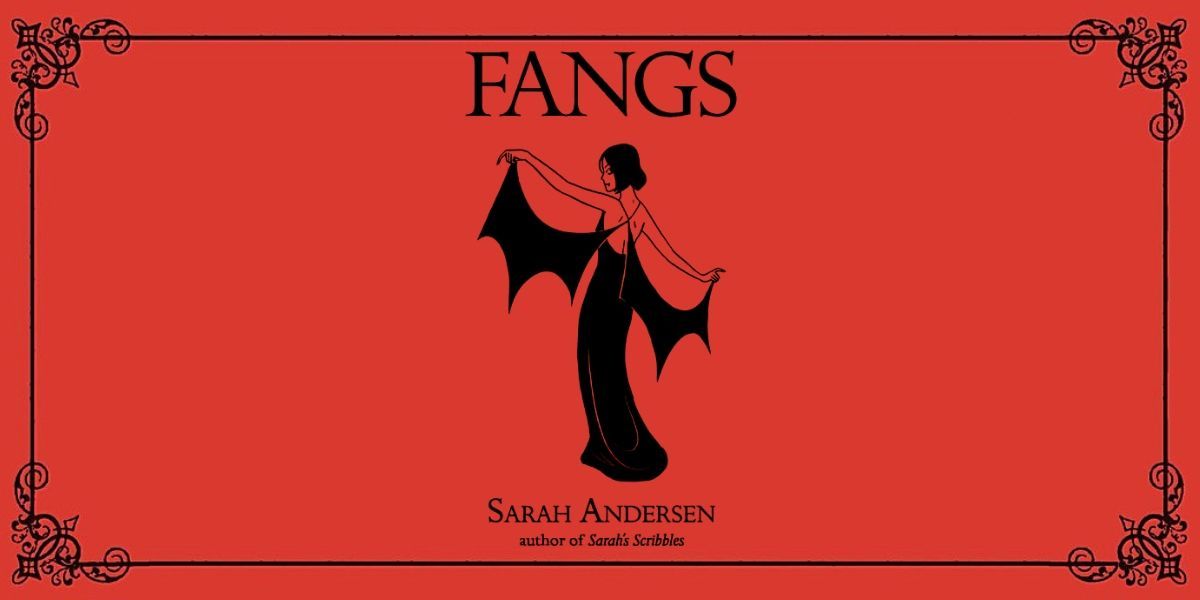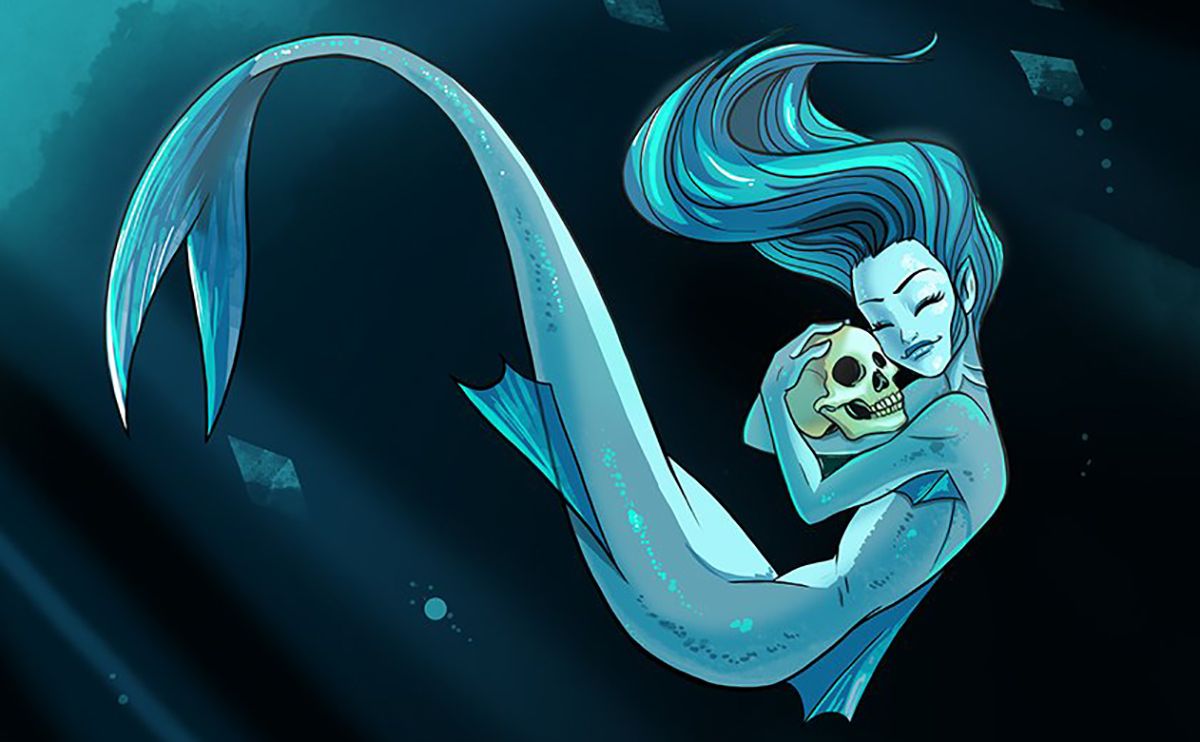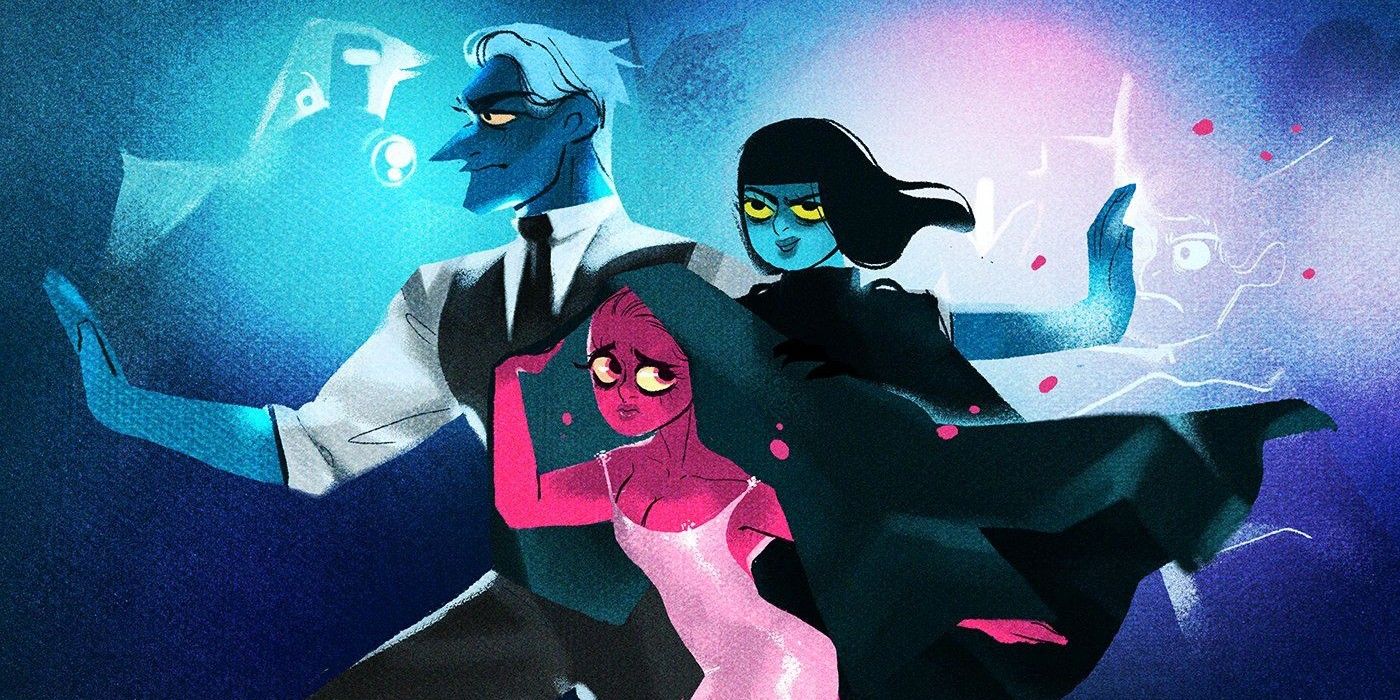Webcomics have been a staple of the Internet and the comics industry for decades. However, the rise of Webtoon and Tapas has shined a new spotlight on the medium and rapidly become one of the fastest-growing, most popular means of reading comics -- period.
These two sites completely changed the game for webcomics through vertical-scroll, user-friendly mobile apps and an emphasis on "episodes" or "chapters" rather than single-page updates. Readers are able to support creators directly without necessarily having to spend money and it's possible to like and rate comics, as well as comment on them -- which helps more people discover popular titles, then explore ones that are similar.
Additionally, marginalized creators who don't often get hired in mainstream comics are able to build platforms and share their work more widely through Webtoon and Tapas, which widens the playing field and offers more choice and variation.
Accessibility
One of the primary barriers for consumers who want to get into comics is the investment required. Keeping up with weekly, bi-weekly or even monthly series is taxing on budgets, not to mention storage space. Even purchasing trades can be a hefty investment.
Much like digital comics, webcomics provide a cheaper alternative. In fact, most webcomics are free-to-read, which is a blessing -- but can also be difficult for creators to manage, given that they pour hours of free time into plotting, writing, illustrating, coloring and lettering works that they upload to the Internet at no charge.
Webtoon and Tapas not only allow readers to enjoy the majority of their favorite comics for free, but they share ad revenue with creators. Webtoon also has a performance-based creator rewards system, which pays creators an additional $100-$1,000 based on monthly US page views. Tapas allows users to watch ads to earn "ink," which they can use to tip their favorite creators without ever paying a dime.
Additionally, both Webtoon and Tapas have free-to-use mobile apps. These are available for Android and Apple devices, making them widely available even to folks who don't have desktop or laptop computers.
Because these sites are formatted to be user-friendly across all devices, it's significantly easier to scroll through a 100-chapter webcomic than it is to read one on an older webcomics platform or personal site. The latter aren't often streamlined for mobile viewing and it can be difficult to navigate on a phone or tablet. It's also hard to read the pages themselves, which become too small when they're not read on a desktop or laptop computer.
Formatting
A large part of what makes Tapas and Webtoon successful as mobile apps is that they encourage creators to format their comics for vertical scrolling. This means breaking traditional panel layouts and experimenting so pages will fit on phone screens, which both opens new possibilities for visual storytelling and offers readers the chance to scroll, uninterrupted, through their favorite stories.
While that may seem like a small thing, it can make or break a webcomic's readability, especially for people who primarily consume media on their phones.
Creators also employ "episode" or "chapter" updates, especially on Webtoon, which gives readers more content to consume each time a creator uploads new pages. Single-page updates are still popular and certainly don't turn most readers off, but longer updates seem to be the new norm.
This formatting keeps readers in the apps for longer and may encourage them to explore similar titles after they've caught up with one they're reading now. Both Tapas and Webtoon allow users to browse using tags, categories and "you may also like" features, which is also a huge boon to smaller creators whose work may not always crop up on the "popular" charts.
Diversity
Mainstream comics are largely homogeneous and it can be difficult for marginalized creators to have their work seen, let alone published. Up-and-coming creators and publishers are working to change this, but it requires overhauling the entire system and rooting out problems from deep in the soil of the industry -- which is difficult and takes time. Revolutions don't happen overnight.
Because anyone can create a Webtoon or Tapas account -- without having to pay hosting fees or associated costs with creating a website -- more marginalized creators are able to publish their work, get compensated for it and build platforms. This opens new opportunities for publication and adaptation, which is a major step in the right direction.
In 2019, Webtoon announced an average of more than 1 billion views annually, with more than 60 million active monthly users and upwards of 15 million active daily users. The top 10 most-viewed webcomics on Tapas in 2019 garnered a total of more than 203 million views, with subscribers numbering in the hundreds of thousands.
These numbers are astronomical and their impact is being noticed across the board. Rachel Smythe's Lore Olympus, which is consistently one of the most popular titles on Webtoon (and surely will be again when it returns for a new season on August 2), is being adapted for an animated TV series. Titles including Kipo and the Age of Wonderbeasts and One-Punch Man also started out as webcomics: The former, by Radford Sechrist, launched in 2015 (as just Kipo) and the latter, by ONE, launched in 2009.
Plus, more webcomics are being picked up by traditional publishers and released as graphic novels than ever before. Recent examples include Ngozi Ukazu's Check, Please!, Tillie Walden's On a Sunbeam, Wendy Xu and Suzanne Walker's Mooncakes, Jessi Sheron's The Sea In You and Kabi Nagata's My Lesbian Experience With Loneliness.
Webcomics have seen physical publications since at least 1996, when David Allen launched Plan Nine Publishing with the explicit intention of printing webcomics, but the last two decades have seen a serious uptick. That's no coincidence: Webtoon launched in 2004 and Tapas launched (as Comic Panda) in 2012. As these platforms have grown, so has webcomics visibility.
Viability
The sky is seemingly the limit for these platforms and the webcomics they host. Despite repeat insistence from certain factions that the comics industry is dying, Webtoon and Tapas are sure arguments against such a ridiculous claim. The industry is changing, certainly; it's also expanding, which is a good thing.
Ultimately, these platforms bring in new readers on a consistent basis, which is how comics can continue to thrive well into the future. Making comics accessible to new readers creates fans, but it also inspires people to become creators themselves. Through webcomics, they can create and publish the stories they want to tell and build readership as they go.
Webcomics have long been an integral component of the comics industry and growing their popularity can only help -- not just the medium itself, but the industry as a whole.

